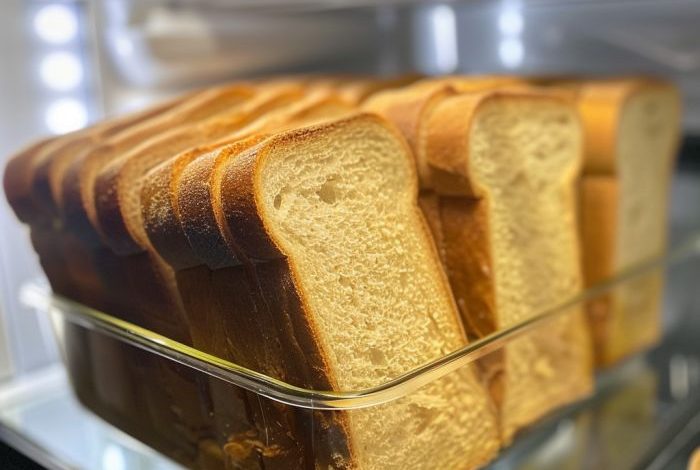The Science Behind Bread Staling
-
Starch Retrogradation: One of the key processes involved in bread staling is starch retrogradation. This is when the starch molecules in bread recrystallize over time, making the bread firmer and losing its soft texture. The rate of starch retrogradation is actually increased at temperatures just above freezing, which is where a typical refrigerator is set. So, by storing bread in the fridge, you might be unintentionally accelerating the staling process.
-
Moisture Loss: Bread contains a certain amount of moisture that contributes to its softness. Storing bread in the refrigerator can cause this moisture to migrate out of the bread and condense on the packaging, making the bread dry out faster. Conversely, bread stored at room temperature retains its moisture much better, provided it’s kept in an airtight container to prevent it from drying out due to exposure to air.
Mold Growth: A Balancing Act
While refrigeration may accelerate staling, it does indeed slow down the growth of mold. In a more humid climate or during warmer seasons, bread may mold more rapidly if left out. Refrigeration can thus be beneficial for extending the life of bread in terms of mold, but not necessarily in terms of freshness or texture.
Alternative Storage Methods
So, if the fridge is off the list, where should we store our bread? Here are a couple of alternatives:
-
Room Temperature Storage: For short-term storage, keeping bread in a bread box or a cupboard at room temperature is an excellent choice. This environment helps maintain an adequate level of moisture without accelerating staling.
-
Freezing Bread: If you need to store bread for a longer time, freezing is the most effective method. The extreme cold halts the staling process, and when you’re ready to eat the bread, you can defrost it to restore much of its original quality.
ADVERTISEMENT

